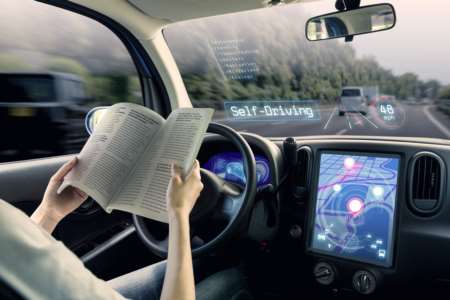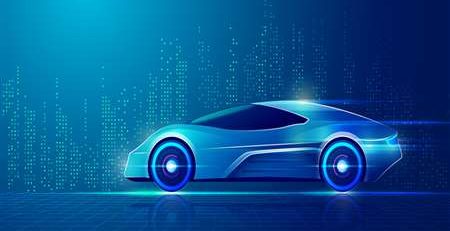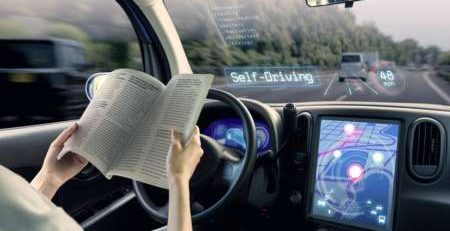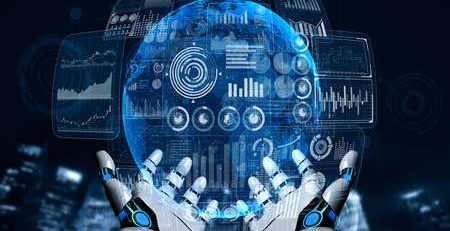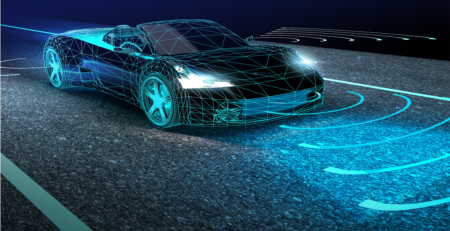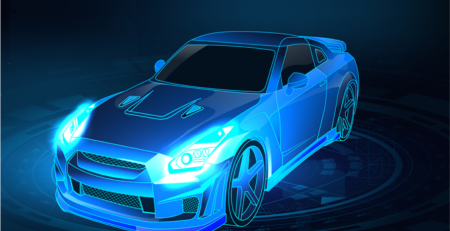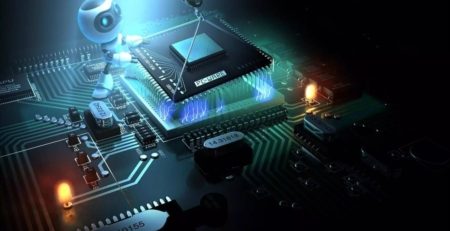What is the status of the two key technologies of smart cars
The rise of smart cars technology has been accompanied by technological advancements. However, every technological innovation must face the choice of research direction. Once the wrong choice is made, it means losing the industry dominance.
Regarding the research direction of autonomous driving technology, major car companies are also facing a major problem. Does the system assist human driving, or does the system replace human driving?
Assisted driving and unmanned driving are two completely different research directions. Compared with assisted driving, the direction of unmanned driving is undoubtedly more difficult, and the judgment and flexibility of the system are much higher.
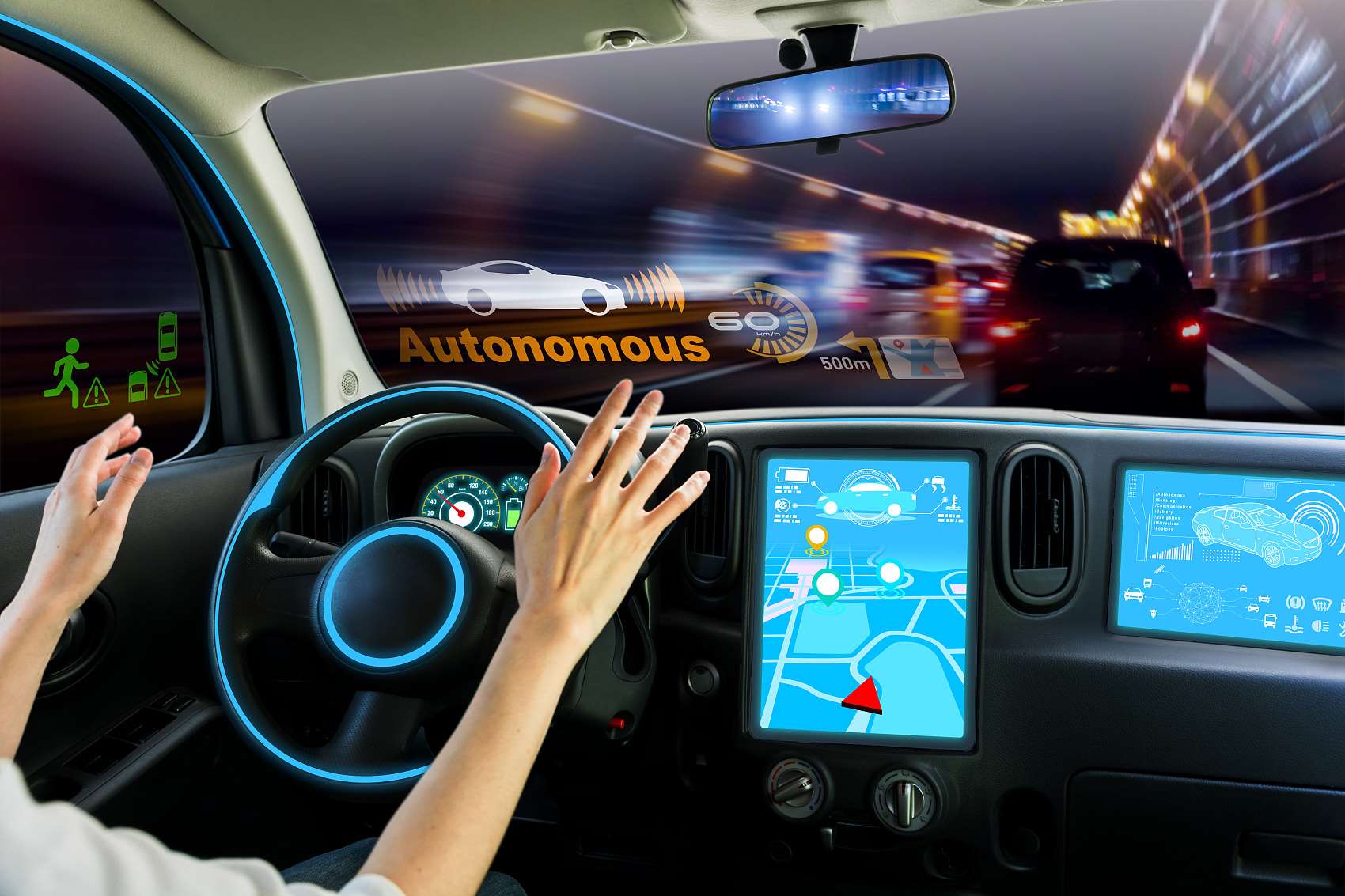
With the current reasonable development of autonomous driving, major automakers are more inclined to assist human driving tasks. Because compared to unmanned driving, assisted driving can be implemented faster. This has a good buffer effect on the time cost and capital cost of the manufacturer. Because everyone knows that the current semiconductor technology still has a long way to go to truly realize autonomous driving.
Whether it is technical research or theoretical research, autonomous driving is a dynamic process. There is no perfect system architecture and no immutable application scenarios. Facing various problems in different scenarios, it is unrealistic to set up so many scenarios in advance. Only with the continuous improvement of a series of capabilities such as the scalability of the architecture, the computing power of the chip, and the stability of the software, can the system make accurate judgments in the face of various scenarios.
The autonomous driving industry mainly relies on the three major fields of algorithm, computing power and data to realize large-scale pre-training of data and extract image feature data. Therefore, the optimization of perception system performance is also the core key to autonomous driving.
However, algorithmic model training datasets are learned in a deterministic environment, while real scenarios are relatively in an open uncertainty environment. That is, there is a difference between the training data set of the algorithm and the target data set.
Whether it is a visual route or a fusion route of lidar, the autonomous driving industry has been pursuing an ideal virtual world. Only when the ideal virtual world can perfectly mirror the real world we live in, that is, when the perfect form of unmanned driving comes to the ground.

